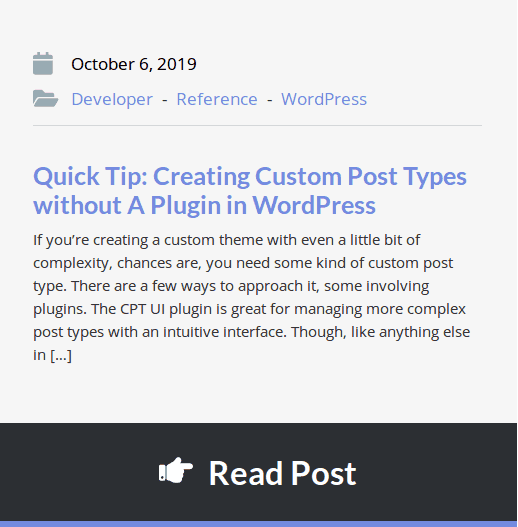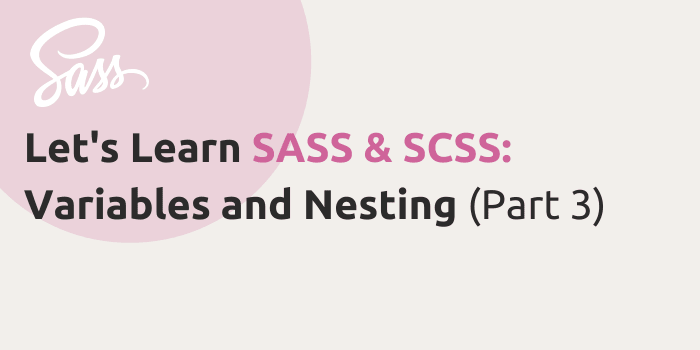Hyperlinks are a big part of every webpage, even if they’re not completely apparent. Typically you’d only have text or maybe wrap a <button> element with a link. Sometimes, a design called for an entire <div>
Another example is an entire block that contains a link to an article:

<article> clickable as well.Here’s an example:
<article>
<div class="head">
...
</div>
<div class="body">
...
</div>
</article>
One approach is to wrap the entire div with a link tag, but that approach can trickle down styles to the nested text elements that you may not want. The semantic implications can also be troublesome if you’d rather convey that this is an <article><a>
How can we have a nested <a>
<article>
<a class="absolute-link" href="#"></a>
<div class="head">
...
</div>
<div class="body">
...
</div>
</article>
Note: You can add the link anywhere as long as it’s nested one level under the parent you want to fill.
The CSS is pretty straightforward. It requires one chunk of code and making the parent position: relative
%absolute-link {
position: absolute;
top: 0;
left: 0;
width: 100%;
height: 100%;
z-index: 2;
}
article.article-class {
position: relative;
.absolute-link {
@extend %absolute-link;
}
}
}
As you see, all it does is expand the entire width/height and take precedence with z-index. Hope it helps!






Comments